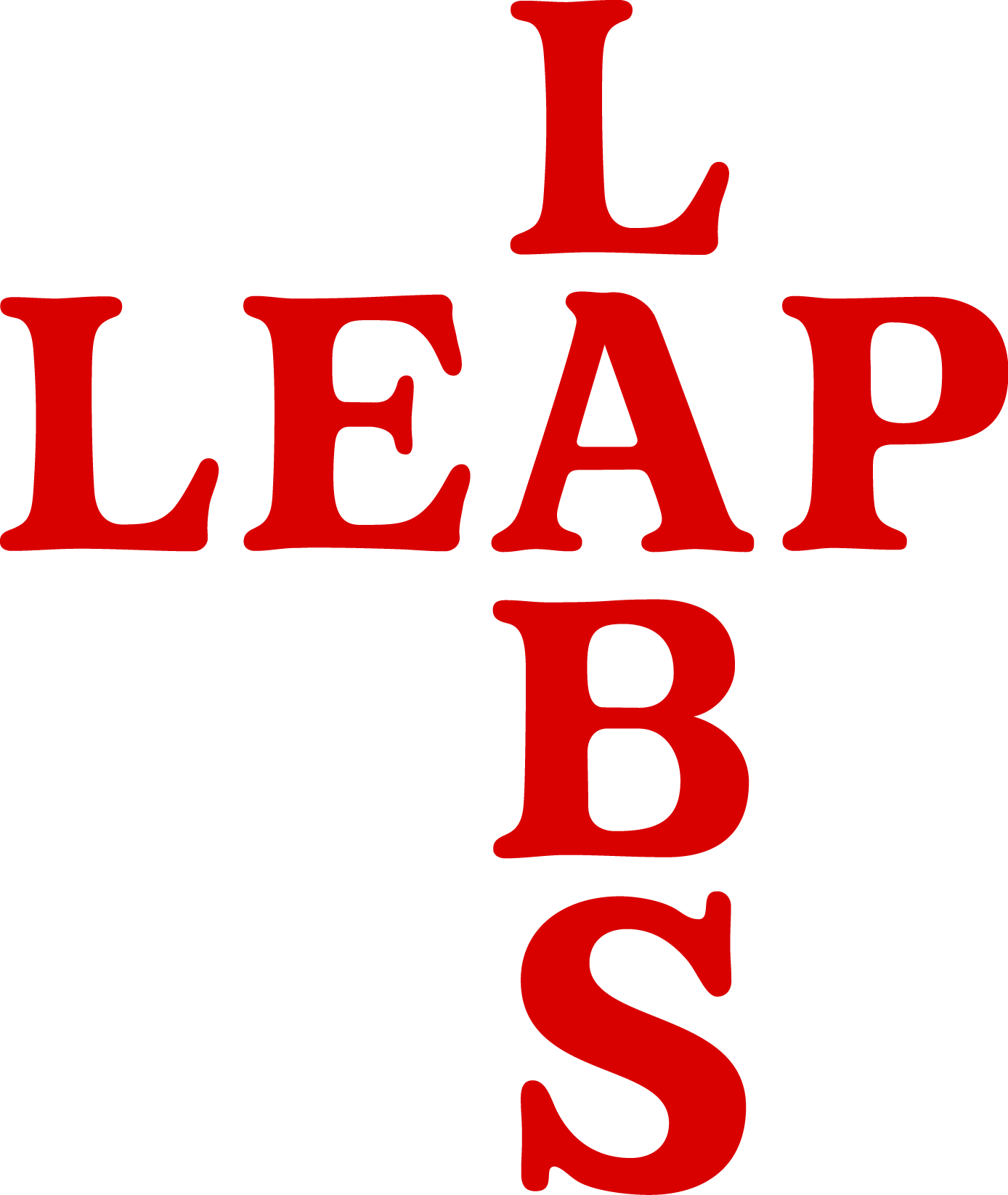Leung Chi Wo + Sara Wong: Museum of the Lost
| 2015年07月08日

Hong Kong artists Leung Chi Wo and Sara Wong’s “Museum of the Lost” features an ongoing archive of anonymous figures drawn from various mass media sources. Wong and Leung isolate individuals found in photographs with their backs turned or faces obscured and write stories about them, imagining what they might have been doing at the moment of capture. They then take their research further by embodying the individuals with their own bodies: in the exhibition, 28 life-size photographs of men and women with their backs turned hover over monochrome surfaces of purple, grey, and blue, creating an air of suspense and mystery.
It is interesting that the artists choose to call this eclectic assortment of images and articles a museum. Traditionally, a museum gives legitimacy to a collective discourse through public exhibition and display. But, as the postmodern dictum goes, the institution always reflects particular interests. “The term ‘museum,’” Caroline Ha Thuc writes in the exhibition text, “reflects the artists’ will to consider these materials as physical objects that can be studied and displayed by means of exhibitions and publications.” Perhaps the question that remains, then, is this: for whom are these instances being studied? And with what degree of rigor?

In Hong Kong, as in rapidly developing territories across the world, there has been a recent thrust in archival activities. In this preservation effort, groups compete for the right to define history and control its access. In an age of digital production and media, the archival process is instantaneous and democratic. On the internet, history is made as it happens; every image or document fired into the ether is stored and categorized by hashtag, a whirlwind of data collection that contributes to the frenzy.
Work in this show pays homage to the anonymous bystanders of history, just beyond the frame of intent. Reviving these obscure figures in a real way, however, might require further articulation than their projection onto void backdrops. As photographs, the lack of context beyond sheer color renders them compositionally weak, but also does little to recall the livelihoods of the individuals they picture. Neutralized space is meant to represent the lost place from which the figures have been culled, but perhaps what is witnessed is the experience of the artists who, embodying the anonymous individuals by donning costume and wig and assuming a pose, come closer to understanding a subjective stance.

It would help if the images were placed closer to the corresponding articles and text: walking around the spacious gallery, the division between photos on the walls and archival materials and artists’ texts in freestanding vitrines gives the impression that the photographs are mere footnotes to the real, heavy intellectual work. Conversely, the written and archival materials appear as overwrought explanations for more abstract, conceptual pieces.
Library scientists and archivists take issue with artists with indexical claims, and it is easy to grow weary of the ever-expanding realm of art production that reaches across any and all professional fields. At the same time, it is because artists hold an autonomous and disinterested position (with regard to governments, institutions, and virtual networks) that they maintain the power to reassess these spaces. Wong and Leung exercise their right to challenge the dominant narratives of history and propose alternatives to what institutions canonize. In Hong Kong, with social movements like the Umbrella Movement in swing, it is important that the collection and distribution of information and material remain free and accessible to all.

Chinese Sailor With A White Rattan Hat, 2013
Archival inkjet print, 150 x 100 cm, edition of 5 + 2AP


